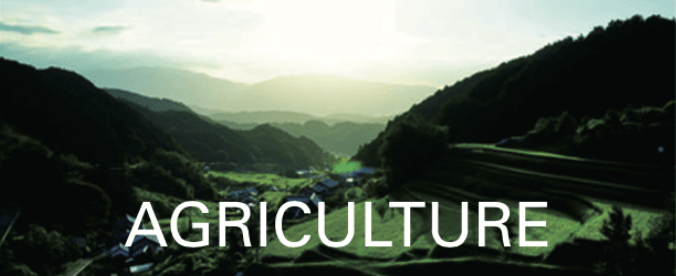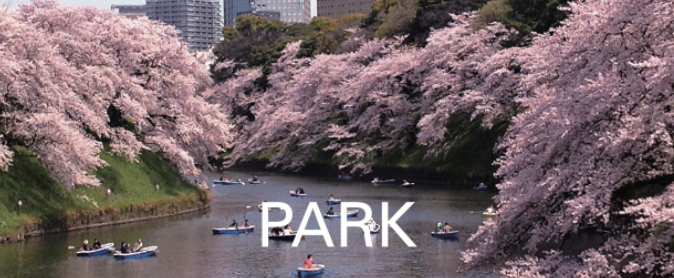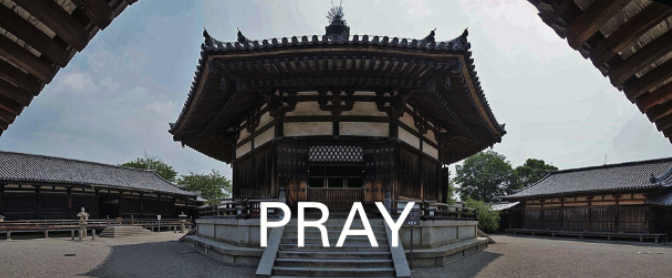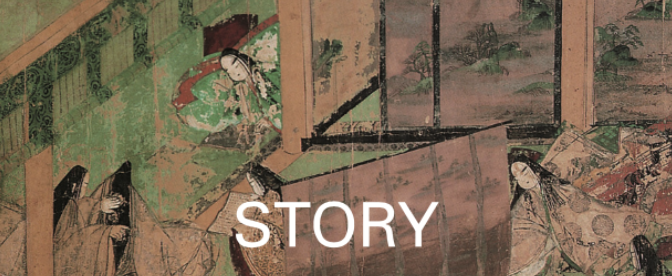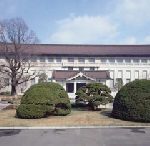
This museum was founded at the exposition held at the Taisei-den, hall of Yushima Seido, sacred basilica, in 1872. It possesses over 110,000 cultural properties, including 87 national treasures, such as treasures from Horyuji Temple Nara. You can see the flow of Japanese and oriental art.
Okakura Kakuzo Tenshin (1862 – 1913), a Japanese scholar who contributed to the development of Arts in Japan and the author of The Book of Tea, was the art director of this museum in the middle of the Meiji period (1868 – 1912). He established the study of Japanese modern art history.
Mori Rintaro, who used the pen-name Mori Ogai (1862 – 1922), was a Japanese Army Surgeon, general officer, translator, novelist, poet, and was the president of this museum during 1917 – 1922 in the Taisho period (1912 – 1926).
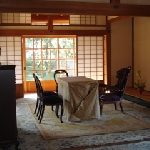
A Japanese-style wooden flat house, the Numazu Imperial Villa was built in a scenic area surrounded by Suruga Bay and Mt. Fuji in 1893. The great Numazu Air Raid destroyed the main house, but the east and west annex residences remained.
The west annex residences are a large-scale wooden Meiji house, which still reveals traditional techniques everywhere, and is open to the public in the Numazu Imperial Villa Memorial Park.
The east annex residences have “Suruga Taian”, a reproduction of the National Treasure tea room “Taian” that is said to have been created by Sen no Rikyu (1552-1591): the greatest team master, and the tea master to the military dictator of Japan, Oda Nobunaga and Toyotomi Hideyoshi, to invent the wabi-sabi style of tea ceremony.
You can also enjoy the Japanese garden, and Shourai, the sound of pain trees with sea wind.
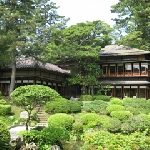
During the Edo period (1603 – 1868), Sakata was run by a self-governing organization, “Sanju-roku nin shu – 36 wealthy merchants,” which consisted of the Homa family and other wealthy merchants. Sakata was called Sakai in the west, which was the big merchants city and was also run by a self-governing organization, in Osaka.
This museum possesses many antiquities from the early modern times. It also has the villa, Seien-kaku, which was made with Hinoki no Shiho Masa, superior pillars of Japanese cypress. These were square timber, with its grain visible on all four sides, and was built elaborately in the Kyoto-style. Kakubuen Garden, a Japanese style garden with a path around a central pond, has Shatsukei, a landscape borrowed from Mt. Chokaizan.
This museum also introduces the history of Sakata Harbor, which had thrived with Kitamae-bune, cargo ships that sailed the Japan Sea during the Edo period (1603-1868).
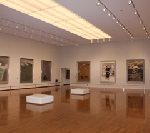
Oyama Chusaku (1922 – 2009) was the authority of Japanese modern painters, who came from Nihonmatsu City. He studied under Yamaguchi Hoshun (1893 -1971), who studied under Matsuoka Eikyu (1881 – 1938), painter and the younger brother of Yanagita Kunio, scholar and the father of Japanese native folkloristics. His theme covered a wide range of subjects, such as flowers and birds, and landscapes.
This work was exhibited at the first Nitten, Japan Fine Arts Exhibition in the 21st century, which is sharing the traditional Japanese beauty of Mt. Fuji in red and the red-crowned Japanese crane, in the early morning of late summer/early autumn.



